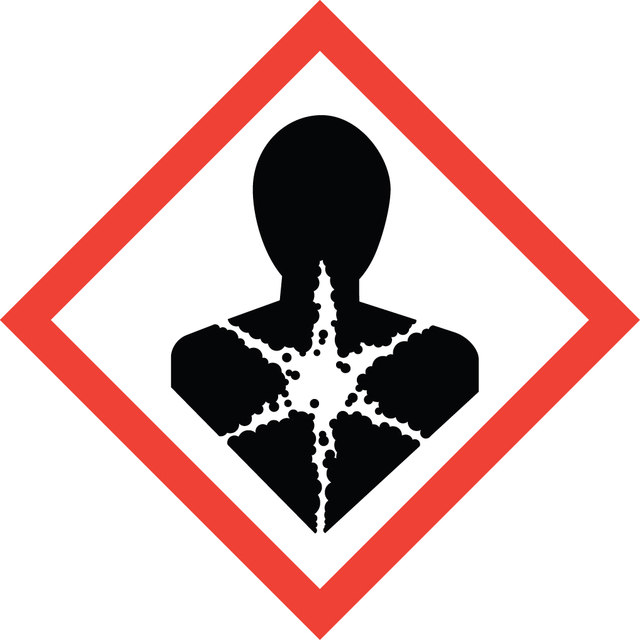biological source
Staphylococcus aureus
Quality Level
form
lyophilized powder
specific activity
≥10,000 units/mg protein
contains
sodium citrate buffer as balance
composition
Protein, ~60% Lowry
solubility
H2O: soluble 0.49-0.51 mg/mL
UniProt accession no.
storage temp.
2-8°C
Gene Information
Staphylococcus aureus ... SAOUHSC_01121(3920722)
General description
Application
- as a component of electrolyte solution for testing pore formation in lipid bilayer using electrophysiological measurements
- to test its osteogenesis suppressive effects in bone marrow stromal cells (BMSCs)
- in the preparation of α-hemolysin molecular imprinted polymer (MIP) for Biacore and surface plasmon resonance
Biochem/physiol Actions
Packaging
Other Notes
Signal Word
Warning
Hazard Statements
Precautionary Statements
Hazard Classifications
Eye Irrit. 2 - Skin Irrit. 2 - STOT SE 2
Target Organs
Lungs,Blood
Storage Class Code
11 - Combustible Solids
WGK
WGK 3
Flash Point(F)
Not applicable
Flash Point(C)
Not applicable
Personal Protective Equipment
Regulatory Information
Choose from one of the most recent versions:
Already Own This Product?
Find documentation for the products that you have recently purchased in the Document Library.
Related Content
细胞裂解和蛋白质溶解是进行有效分析和高效处理的关键步骤,默克分享提取方法包括酶法、化学法、机械法或几种方法的联合使用。
Cell lysis and protein extraction methods overview various techniques, from detergent solubilization to mechanical disruption, supporting research needs.
Information
Our team of scientists has experience in all areas of research including Life Science, Material Science, Chemical Synthesis, Chromatography, Analytical and many others.
Contact Technical Service
